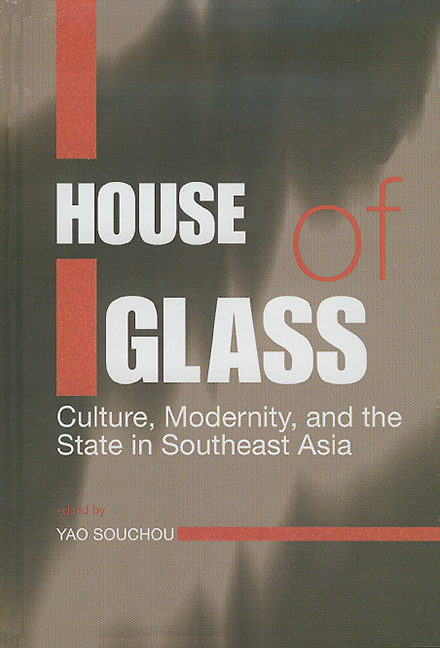Book contents
- Frontmatter
- Contents
- Preface
- Contributors
- Introduction
- Part One Local desire and global anxieties
- Part Two Identity, the state, and post-modernity
- Part Three State power, development, and the spectre of nation-building
- Part Four
- 10 Representing the Singapore modern: Dick Lee, pop music, and the “New” Asia
- 11 Pictures at an exhibition: re-presenting the sugar industry at the Negros Museum, Philippines
- 12 Stars in the shadows: celebrity, media, and the state in Vietnam
- 13 On the expressway, and under it: representations of the middle class, the poor, and democracy in Thailand
- Index
12 - Stars in the shadows: celebrity, media, and the state in Vietnam
from Part Four
Published online by Cambridge University Press: 21 October 2015
- Frontmatter
- Contents
- Preface
- Contributors
- Introduction
- Part One Local desire and global anxieties
- Part Two Identity, the state, and post-modernity
- Part Three State power, development, and the spectre of nation-building
- Part Four
- 10 Representing the Singapore modern: Dick Lee, pop music, and the “New” Asia
- 11 Pictures at an exhibition: re-presenting the sugar industry at the Negros Museum, Philippines
- 12 Stars in the shadows: celebrity, media, and the state in Vietnam
- 13 On the expressway, and under it: representations of the middle class, the poor, and democracy in Thailand
- Index
Summary
Media culture in Vietnam is presently documenting a vibrant revolution in the relations between the public, the media, and the state. The social and cultural transformations that are taking place are potently manifest in the eager response of the public to an entirely unfamiliar category of public person in Vietnam — the celebrity. The public is experimenting with cultural icons that are not dictated by the ruling political party, signalling a radical shift in the ideological topography of popular culture. This chapter argues that contemporary celebrities in Vietnam mark out a terrain for unexpressed popular protest at this formative moment for media culture. Dissent is unrealizable in other domains yet occupies a crucial space for the negotiation of political and social meaning in an era of rapid social mutability. We suggest here that the popularity of the tabloids in Vietnam expresses in readers’ thirst for celebrities a will to a reconfiguration of their political and cultural power.
This chapter first traces the changing relationship between the media and the state in Vietnam and then provides a portrait of the socio-cultural milieu in which contemporary celebrities are positioned. Material gained from interviews about popular culture with a cross-section of Hanoi residents conducted in late 1997 and early 1998 indicates the precise modalities through which the role of public figures and fame are undergoing eruptive change in contemporary Vietnam. It then argues that attraction to celebrities holds the possibility of more transgressive political acts (such as the formation of crowds), in support of which we present a case study of the public reaction to the recent death of a popular icon.
The metamorphosis of the media in Vietnam
Vietnam is on the brink of becoming a fully fledged media culture in which the popular narratives and cultural icons are reshaping political views, constructing tastes and values, crystallizing the market economy and, as Kellner suggests, “providing the materials out of which people forge their very identities” (1995, p. 1).
- Type
- Chapter
- Information
- House of GlassCulture, Modernity, and the State in Southeast Asia, pp. 287 - 312Publisher: ISEAS–Yusof Ishak InstitutePrint publication year: 2001

